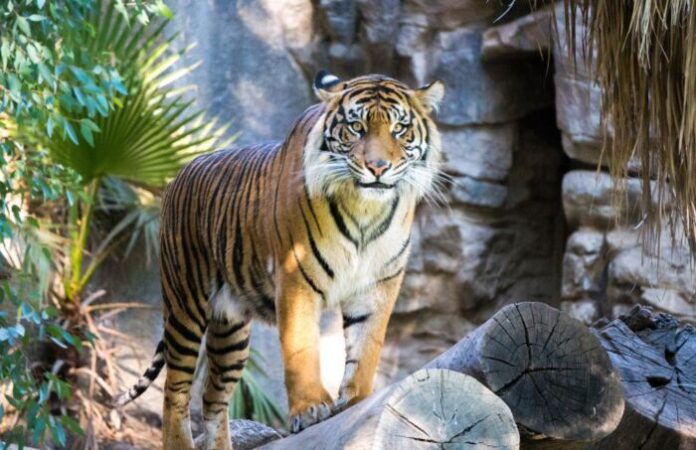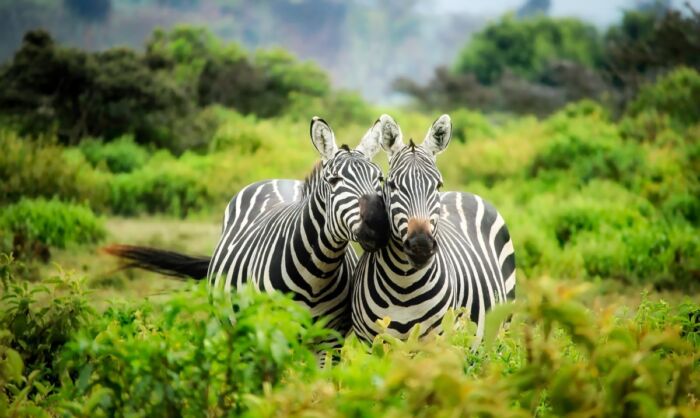
We are in the midst of a mass extinction, many scientists have warned — this one driven not by a catastrophic natural event, but by humans. The unnatural loss of biodiversity is accelerating, and if it continues, the planet will lose vast ecosystems and the necessities they provide, including fresh water, pollination, and pest and disease control.
On Monday, there was more bad news: We are racing faster and closer toward the point of collapse than scientists previously thought, according to research published in the Proceedings of the National Academy of Sciences. The extinction rate among terrestrial vetebrate species is significantly higher than prior estimates, and the critical window for preventing mass losses will close much sooner than formerly assumed — in 10 to 15 years.
“We’re eroding the capabilities of the planet to maintain human life and life in general,” said Gerardo Ceballos, an ecologist at the National Autonomous University of Mexico and lead author of the new study.
The current rate of extinctions vastly exceeds those that would occur naturally, Dr. Ceballos and his colleagues found. Scientists know of 543 species lost over the last 100 years, a tally that would normally take 10,000 years to accrue.
“In other words, every year over the last century we lost the same number of species typically lost in 100 years,” Dr. Ceballos said.
If nothing changes, about 500 more terrestrial vertebrate species are likely to go extinct over the next two decades alone, bringing total losses equivalent to those that would have taken place naturally over 16,000 years.
To determine how many species are on the brink of extinction, Dr. Ceballos and co-authors Paul Ehrlich, a conservation biologist at Stanford University, and Peter Raven, an environmentalist at the Missouri Botanical Garden, turned to population data for 29,400 terrestrial vertebrate species compiled by the International Union for Conservation of Nature.

Of those species, 515 — or 1.7 percent — are critically endangered, they found, with fewer than 1,000 individuals remaining. About half of these species comprise fewer than 250 individuals.
As humans continue to encroach on nature and wildlife, Dr. Ceballos and his colleagues warn of a cascading series of impacts — including more frequent occurrences of new diseases and pandemics. But the economy and governments will also suffer damage. Dr Caballos and his colleagues appeal to world governments to intervene to stop the illegal trade in wild animals, favoring sustainability and the fight against climate change rather than profit.
Political leaders from all over the world will therefore have to put the environment, the protection of biodiversity and the redistribution of resources first. Through the global Stop Ectinction initiative, the authors of the study are available to provide useful indications for the creation of new national agreements, as well as tools to educate and raise awareness of the population on the ongoing extinction crisis.



































